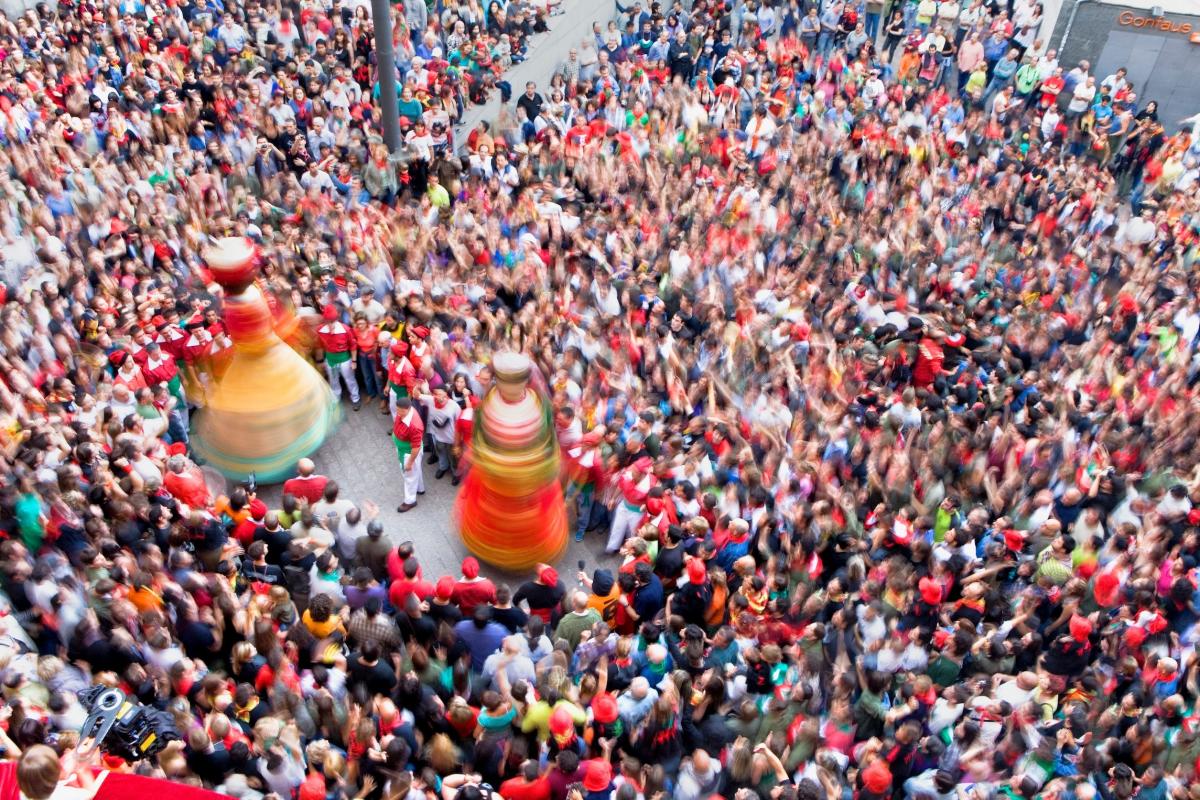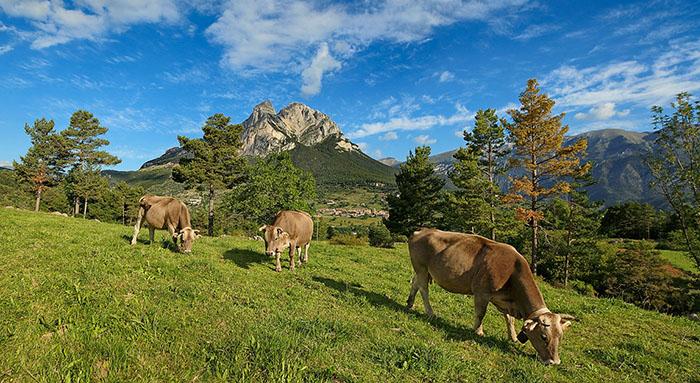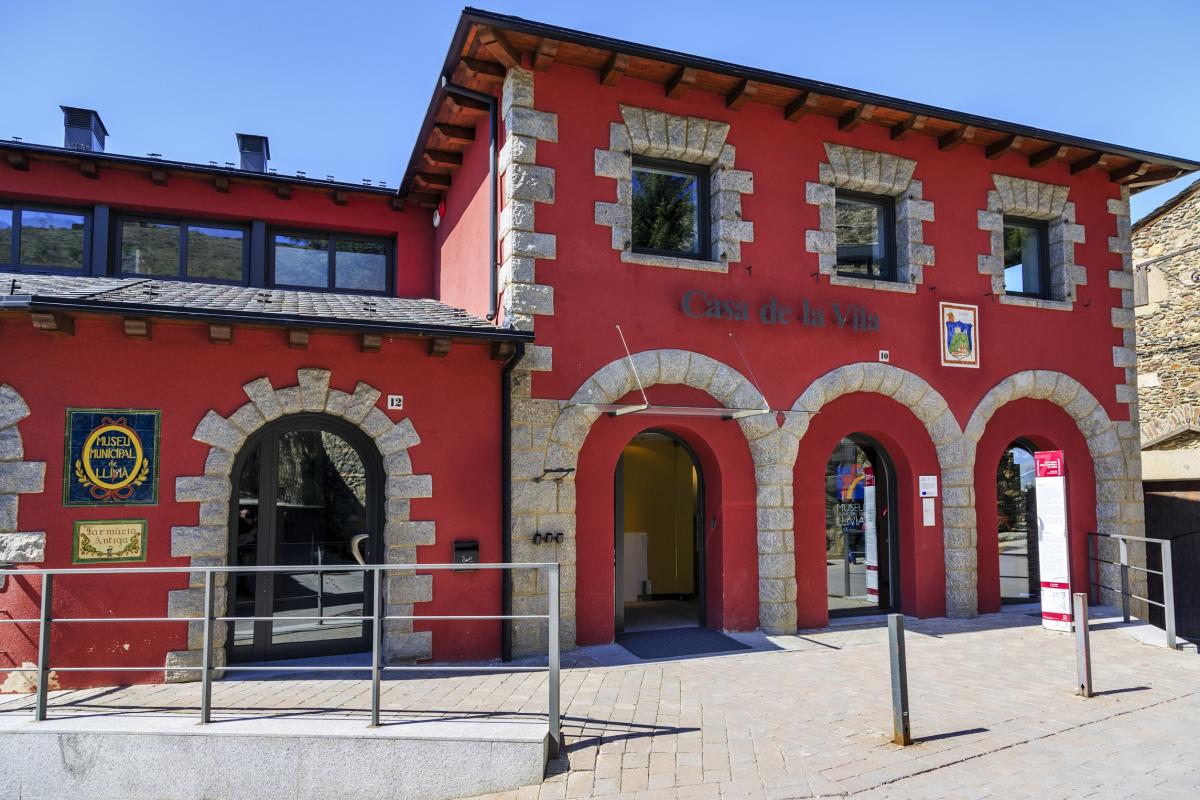Start your journey in Berga, ready to experience one of the most spectacular festivals in Catalonia: La Patum. The ritual of fire, rhythm, and movement is held every year in May or June (depending on the date of Corpus Christi), and is now listed as a UNESCO Masterpiece of the Oral and Intangible Heritage of Humanity. La Patum continues the tradition of the medieval theatre, bringing together hundred-year-old themes and reinterpreting them year after year. The townspeople of Berga say that to understand La Patum you simply have to experience first-hand this festival of fire, music, and dance, of rituals and entertainment, of the senses and the sentiments.

After a night of revelry ending in the early hours of the morning, you will probably feel like treating yourself to a typical fork breakfast of sausages, grilled meat, and tomato bread. When you have restored your strength, set off again in search of genuine Pyrenean landscapes, customs, and traditions. Explore the villages around the legendary Pedraforca Mountain, and stop off at Gósol, where Picasso lived and worked for a few months in 1906. The next stop is Castellar de n’Hug, for a walk up to the source of the River Llobregat, passing a series of gushing waterfalls along the way, followed by a visit to La Pobla de Lillet to see the Artigas Gardens designed by Catalan architect Antoni Gaudí.

Start the next day in a large valley, where cows and horses graze to their hearts’ content in the deep green meadows. Cerdanya Valley is one of the largest in Europe, known for its ski slopes, charming villages, and bucolic landscapes, and for the traditional trinxat made of bacon, cabbage, and potato. Drive up to Puigcerdà and cross over into France for a few kilometres until you reach Llívia, a Catalan enclave within French territory. This geographic curiosity dates back to the Treaty of the Pyrenees (1659), when Catalonia had to cede part of its territory to France. Llívia, however, remained as part of Catalonia. Stroll through the historic town centre, and visit the small museum in Esteva Pharmacy. The pharmacy is one of the oldest in Europe, first documented in 1594 but probably founded in the early 15th century. The incredible collection of blue-glazed ceramic medicine jars is well worth a photograph.

Drive back the way you came and cross Cerdanya Valley until you reach the foot of Cadí Mountain Range. Discover the network of nine museums along the Alt Urgell Traditional Trades Route and learn all about the people working as rafters, healers, farmers, and millers, while you explore hidden places well off the tourist track and learn about the history of Alt Urgell County. Take the time to see some sights, such as La Seu d’Urgell Cathedral, and to stop off in a local restaurant to savour the typical mountain fare of Pyrenean beef, game, mushrooms, sausages, cow’s and sheep’s milk cheeses, cooked slowly in the traditional way with a few creative touches here and there.
Finish the mountain-and-valley route in Solsonès County, one of the last rural paradises in Catalonia. The area is known as the “county of the thousand farmhouses”, many of which date from the 15th-18th centuries and now offer comfortable rural accommodation. Marvel at the cultural heritage in the centre of Solsona, the county capital; explore the surrounding villages and discover Neolithic sites, as well as architectural treasures from the Romanesque, Gothic, Baroque and Art Nouveau periods; and savour the peace and silence of forest walks and leisurely excursions to the rivers, reservoirs, and mountains in the area.
